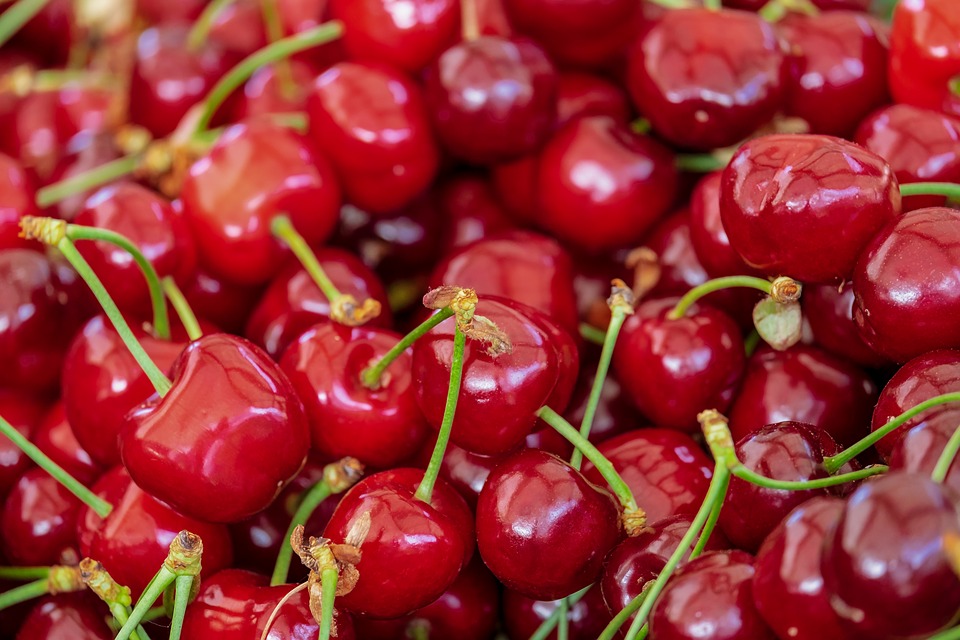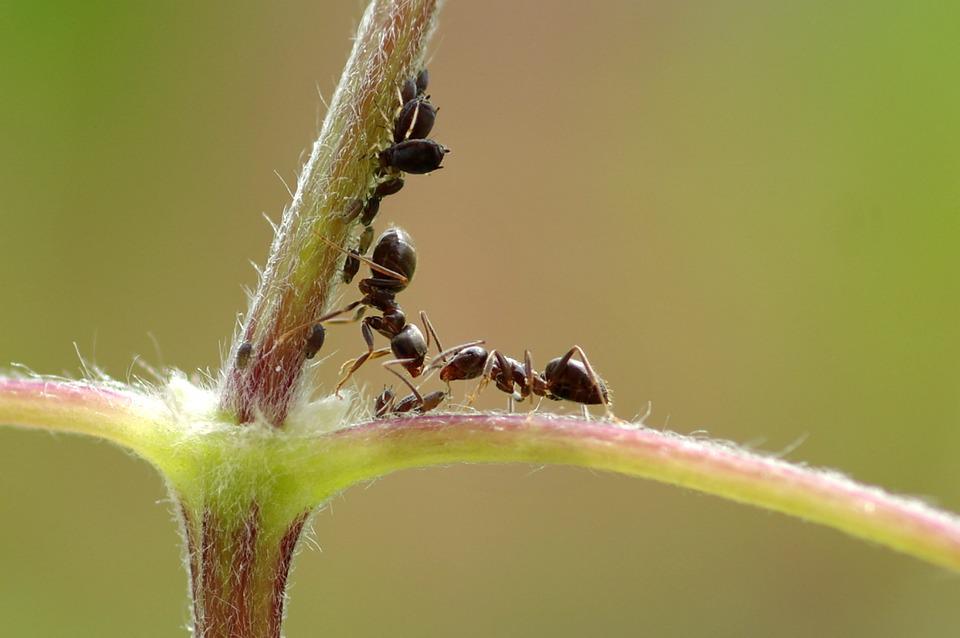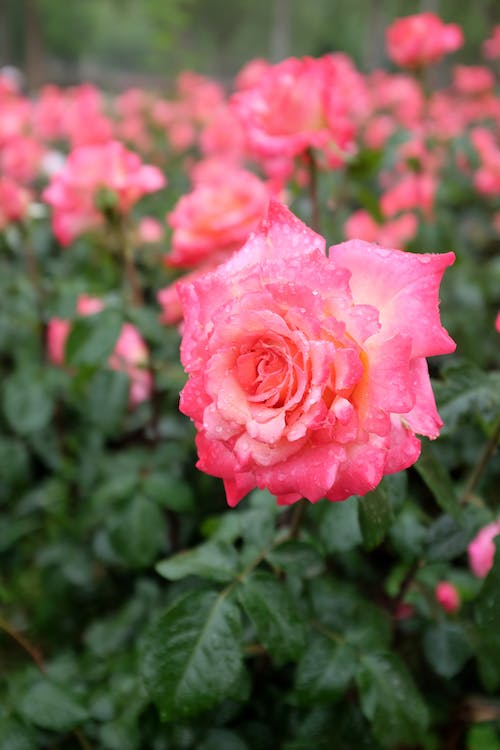Cherries are characterized by their soft flesh and their mostly dark red color. Here are some tips to help you plant, care for and harvest the fruit correctly.
Appearance and Growth
Cherry trees usually grow single-stemmed and can reach a height of 4 to 15 feet, depending on the rootstock. Smooth, ovate, light green leaves appear at the tip of the relatively thick branches and taper toward the top. The leaves are about ten centimeters long and up to six centimeters wide. The single white flowers, which stand together in small umbels, appear from early to late April, varying by species, consisting of five obovate petals and up to 30 stamens. After successful fertilization, drupes form with a diameter of up to two centimeters. The colors vary depending on the species and variety.
Location and Soil
Cherry trees do best when they receive full sun. Avoid sites prone to frost since this can cause early bloom and can quickly destroy the whole plant. Heavy, deep, loamy soils with high lime content suit cherries. Moist, acidic, sandy soils increase susceptibility to gumming and frost damage.
Planting
Cherry trees require a relatively large garden space: at least 12 square feet for low-growing trees and up to 50 square feet for tall-growing trees.
The ideal season for planting is in the autumn. Dig a planting hole about twice the size of the root ball, plant the tree, so the ground covers the top of the root ball, and place the young trees, preferably with a support stake. Water the cherry tree well after planting.

Care Instructions
Cherry trees tolerate mild drought, but you should water them on time during prolonged drought, especially the poorly growing specimens. In spring, mulch the tree’s trellis with two to three liters of semi-mature compost per square meter, to which you have previously added 30 to 50 grams of fertilizer.
Pruning
Pruning in the first year is very important to obtain a uniform pyramidal crown with three to four strong lateral leading branches. Weaker cherries can also be raised as spindle-shaped trees, but then you must consistently cut off the side branches from the beginning.
Annual pruning of cherry trees should usually be done in late summer after harvest. Late pruning slows the naturally vigorous growth of cherry trees and promotes rapid wound healing. Crown pruning removes excess and troublesome side branches. Old, dead wood is also removed.
Harvesting
The main harvesting season for cherries is in June, with late varieties ripening from July. More precisely, the so-called cherry weeks denote the week when the variety is ripe. Those in a sunny location ripen first, and those in a shady site ripen a few days later. Wait until the fruit is true to the variety color and the stems can be easily detached from the branch to pick them. Always pick cherries with a stem. Otherwise, the fruit will rot very quickly, and it won’t be easy to store.

Winter Protection
Extreme sub-zero temperatures in winter, followed by mild days, can cause trunk breakage in sweet cherries. Prevention can be achieved by shading or by lightening the trunk and thickest branches with a lime coating. Weather-related hazards also include late frosts, which ruin the harvest, particularly for early-flowering varieties in inappropriate sites.
Diseases and Pests
The major pests of sweet cherry include the cherry fruit fly and, in recent years, the cherry vinegar fly, a species that has migrated from Asia. Early varieties offer the best protection against these pests; their cherries are almost ripe before the insects are active. During rainstorms in hot summers, some varieties are also at risk of fruit bursting from the abrupt temperature change.
The shotgun disease also causes holes in the leaves resulting in a reduced yield. Peak drought (Monilia) also occurs in sweet cherries but can only cause significant damage to weaker trees.
Let us know if these few tips have helped you in the comments below!



